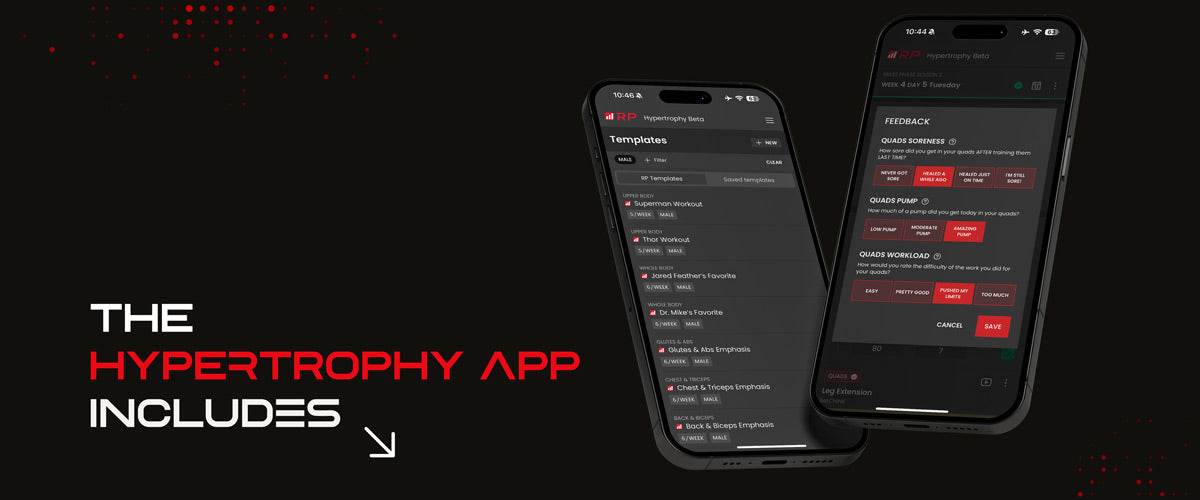TL;DR Summary
- Bodybuilding = physique-first training, not politics. It’s different from Olympic weightlifting and powerlifting.
- Steroid panic ≠ data. Teen steroid misuse is low and not “skyrocketing.” Context matters.
- Strength training helps mental health. Evidence links resistance training with fewer depressive symptoms.
- Action beats outrage. Follow a structured plan, eat for your goal, and vet sources before sharing hot takes.
Scroll any feed and you’ll see takes claiming “bodybuilding is toxic,” “influencers are the problem,” or “steroids are everywhere.” The reality is less dramatic and more useful: bodybuilding is a legitimate training style, most lifters are just trying to look and feel better, and the strongest results come from boring-on-paper, evidence-based habits.
What Is Bodybuilding, Really?
Bodybuilding is physique-focused strength training: building muscle size, symmetry, and definition with a mix of compound and isolation lifts. Olympic weightlifting is a separate sport judged on how much weight someone can snatch or clean & jerk. Different goals, different rules, different judging criteria. For a quick refresher on the Olympic lifts, see USA Weightlifting. In short: you can love bodybuilding without signing up for any political storyline.
Is Steroid Use “Skyrocketing”? What the Data Says
Viral headlines love a panic. Actual surveys of U.S. students show low past-year steroid misuse—measured in tenths of a percent to around one percent depending on grade level. That doesn’t minimize risk; it just means the “everyone’s on gear” narrative is mostly noise. If you choose to lift naturally, you’re in the majority. If you’re tempted by shortcuts, know the health risks are real—especially at non-medical doses—and most progress can be made without them. A smart training plan plus enough protein and sleep goes further than most expect.
Does Lifting Radicalize People?
Strength communities live online, so you’ll see extreme opinions alongside great advice. But lifting weights doesn’t equal an ideology. What often gets mislabeled as “radicalizing” is the algorithm pushing the loudest content. The fix is the same as with any topic: follow credible coaches and scientists, read past the headline, and compare claims to data before hitting share.
Why Bodybuilding Sticks: Health & Mental Benefits
Beyond physique, resistance training can support mental health: multiple reviews show reduced depressive symptoms after consistent strength training. No, it’s not a magic cure. Yes, it’s a meaningful nudge in a positive direction—especially when combined with sleep, nutrition, and social support.
Bodybuilding vs. Weightlifting vs. Powerlifting (Quick Guide)
| Aspect | Bodybuilding | Olympic Weightlifting | Powerlifting |
|---|---|---|---|
| Primary Goal | Muscle size, symmetry, definition | Max weight in snatch & clean & jerk | Max squat, bench press, deadlift |
| Judged By | Aesthetics / posing | Successful lifts under rules | Successful lifts under rules |
| Typical Reps | 6–20+ (hypertrophy focus) | Singles/doubles with high skill | 1–5 (max strength focus) |
| Common Tools | Compounds + isolation work | Snatch/C&J variations, pulls | Squat/bench/deadlift variations |
Train Smarter Than the Algorithm: A Practical Plan
1) Pick a clear goal and match your plan
- Build muscle: 8–20 total hard sets per muscle per week, mostly in the 6–15 rep range, 1–3 reps in reserve (RIR) on average.
- Lose fat: Keep lifting volume moderate to preserve muscle; create a calorie deficit with protein ~0.7–1.0 g/lb (1.6–2.2 g/kg).
2) Use a repeatable progression
- Add small amounts of load or reps weekly while maintaining good technique.
- Rotate exercises every 8–12 weeks if stalled or beat-up, not every other workout.
3) Recover like it matters (it does)
- Sleep 7–9 hours, prioritize a protein-centric diet, and cap weekly “all-out” sets so you’re not wrecked 24/7.
4) Vet your sources
- Look for coaches who cite research, publish programs, and show client progress over months—not just dramatic before/afters.
Want a one-page training/nutrition primer that hits volume, progression, and protein targets? Start here: Complete Hypertrophy Training Guide.
Claim vs. Reality (Fast Checks)
| Claim | Reality |
|---|---|
| “Steroid use is exploding among teens.” | National surveys show low, fairly stable misuse rates in U.S. students. |
| “Bodybuilding is just politics now.” | Training style ≠ ideology. Most lifters are here for physique, health, and community. |
| “Strength training hurts mental health.” | Evidence links resistance training with improved mood in many groups. |
Bottom Line
Bodybuilding isn’t “under attack” so much as it’s under-explained. Separate the headlines from the habits: train consistently, progress patiently, eat for your goal, and follow people who show their work. That’s how beginners become intermediates—and how intermediates keep making progress without the drama.
